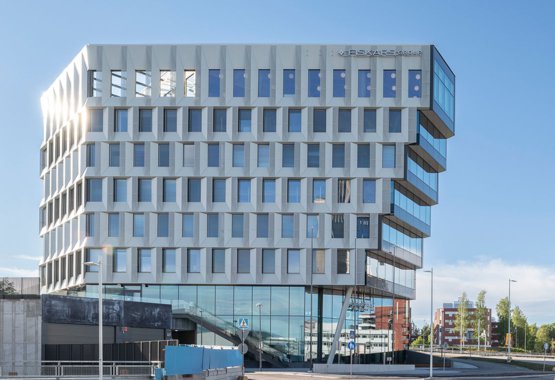
Our heritage
From 1649 to the present.
375 years of Fiskars
The company best known for its iconic orange-handled scissors, and beautifully functional products that are perfect for gardening, creating and cooking, was founded back in 1649 as an ironworks by the Fiskars river in Finland. The river provided Fiskars with waterpower, access points to all over the world, and a name that 375 years later continues to signify high quality, ingenious design, and a deep respect for the nature that sustains us.
Much has happened during these 375 years. The world has changed through industrialization, continuous innovation, and breakthroughs. Electric light was invented, as well as penicillin, and when the United States was founded, Fiskars was already in existence.
Fiskars celebrates its 375th anniversary with events and products
In 2024, Fiskars celebrates its 375th anniversary with events and products connected to the origins of Fiskars by the Fiskars River. Among the main events of the year are our partnership with the Fiskars Village Art & Design Biennale and special anniversary editions of our iconic products, such as scissors and axes.
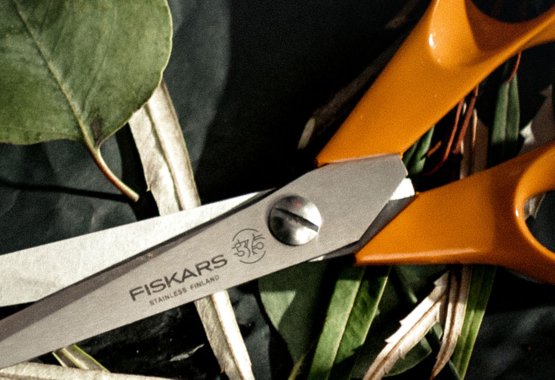
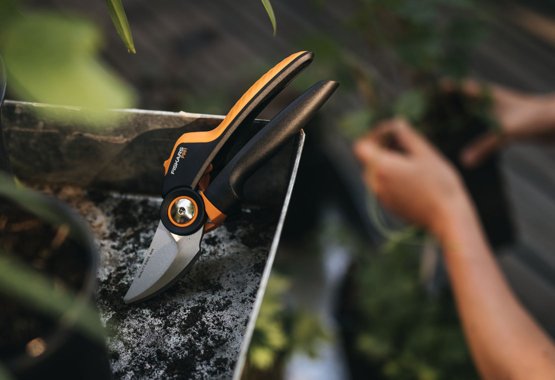
2023: Finland’s most valued brand
In 2023, consumers selected Fiskars as the most valued brand in Finland for the fifth time. This recognition means a great deal and encourages us to continue our determined work with timeless, sophisticated, detailed design of the highest quality.
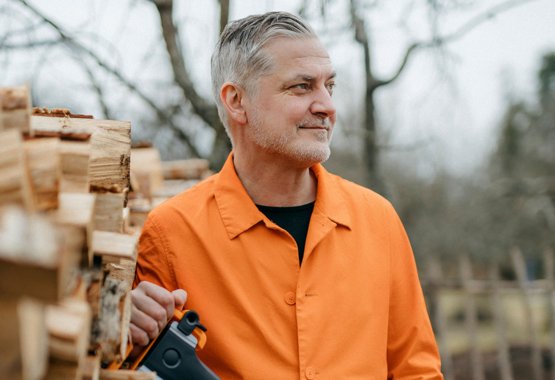
2020: The world’s best design team
In 2020, Fiskars won the Red Dot: Design Team of the Year award. Its previous recipients include the likes of Ferrari, Apple, and Adidas. Fiskars’ design continues to be inspired by the Fiskars ironworks and especially by its surrounding nature.
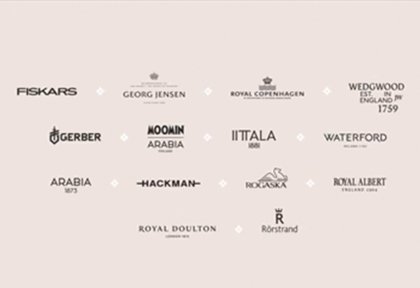
2000s: Fiskars Group expands
In the 2000s, the Fiskars Group focused on consumer products and growth through acquisitions. The acquisition of Iittala in 2007 strengthened its position in kitchen products. Today, the Fiskars Group family includes Fiskars, Georg Jensen, Royal Copenhagen, Wedgwood, Moomin Arabia, Gerber, Iittala, and Waterford, among other brands.
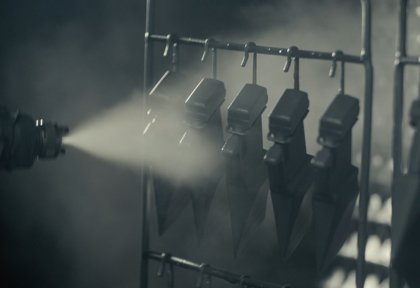
1990s: New axe innovation
The Fiskars Handy axe series introduced axes with plastic shafts. Their lightness and splitting power attracted widespread admiration. A result of product development at Fiskars, the combination of steel and special plastic was in a class of its own in terms of durability.
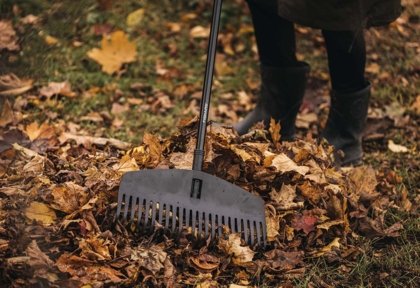
1980s: Fiskars makes raking light
In 1985, Fiskars followed up on its orange-handled scissors by introducing rakes with plastic heads. The light and durable rakes soon became market leaders.
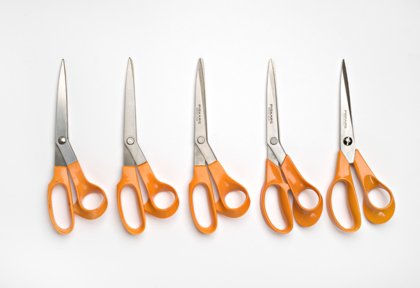
1977: Into a new world
Driven by the popularity of its orange-handled scissors, Fiskars established a factory in the United States in 1977. Today, these iconic scissors are on display at the Museum of Modern Art in New York, among other places.
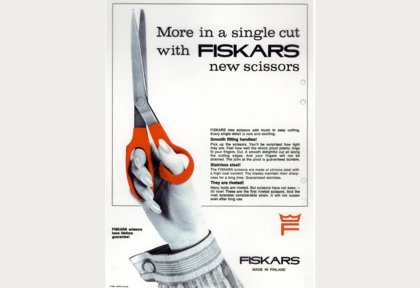
1967: Orange handles for the world
Fiskars’ strong metal processing expertise, the introduction of plastic production and a desire for innovation led to the creation of the world’s first plastic-handled scissors in 1967. Our classic scissors with orange handles continue to be made at our Billnäs factory, and each pair is tested by hand.
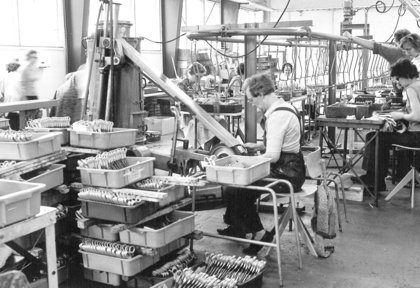
1940's: The introduction of mass production
After navigating through the Depression in the 1930s and the Second World War, Fiskars’ management was finally able to implement its plan to restructure the company to start mass production.
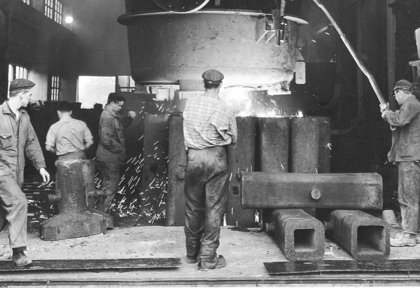
1920s: Better steel, better tools
In the 1920s, Fiskars’ productivity improved, and its product range expanded with new steel processing methods. Fiskars established Finland’s first metal spring factory.
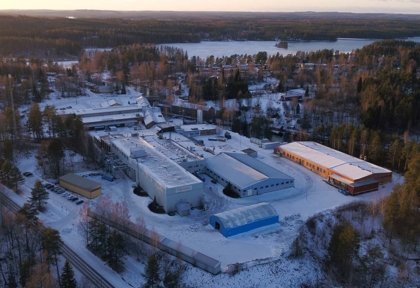
1890s: Roots also in Sorsakoski, situated in the eastern part of Finland
Fiskars’ frying pans and saucepans are manufactured at the Sorsakoski factory in the North Savo region of Finland. The factory has been an integral part of the village of Sorsakoski and the Leppävirta region since 1891, first under Hackman and later under Fiskars.
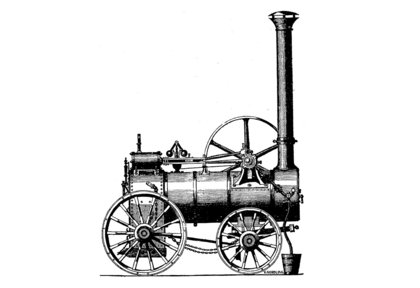
1837: World-leading machine workshop
In 1837, Fiskars again carried out groundbreaking work in Finland by establishing the country’s first machine workshop in the village of Fiskars. It was among the first machine workshops in the world to start producing steam engines.
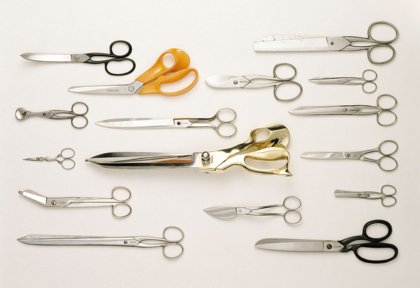
1832: Time for innovation
In 1832, Fiskars founded Finland’s first fine art forge to expand its production into forks and scissors, which later became the most popular in the world.
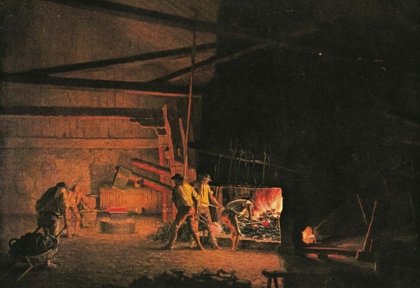
1783: From copper to iron
In 1783, the ironworks was taken over by the Björkman family, and production focused on processing copper ore from the nearby mine.

1649: The beginning
In 1649, Peter Thorwöste was granted permission to set up a blast furnace and a blacksmith shop in a small village called Fiskars.
Fiskars Village
Fiskars Village, the birthplace of Fiskars, is a pioneer in Finnish industry, where the tradition of working and creating together as a community can still be seen, felt and tasted. Design, art, history and craft meet the flavors of local food, and nature trails lead from magnificent architecture to pure natural environments.
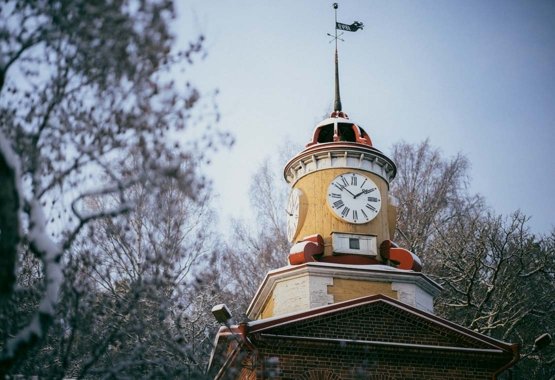
Fiskars brand
Fiskars’ purpose is to increase human happiness by making our daily tasks smoother and more comfortable and sustainable. Designed for the garden, the kitchen and creative activities, Fiskars’ high-quality products are timelessly functional and inspiring, providing lasting joy and well-being from generation to generation.
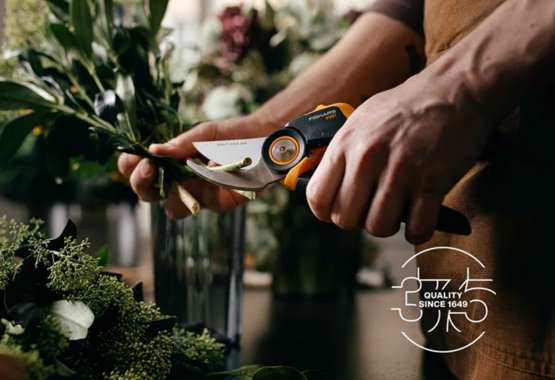
Fiskars Group
Fiskars is part of Fiskars Group. Fiskars Group is the global home of design-driven brands for indoor and outdoor living. Since 1649, we have designed products of timeless, purposeful, and functional beauty, driving innovation and sustainable growth.
